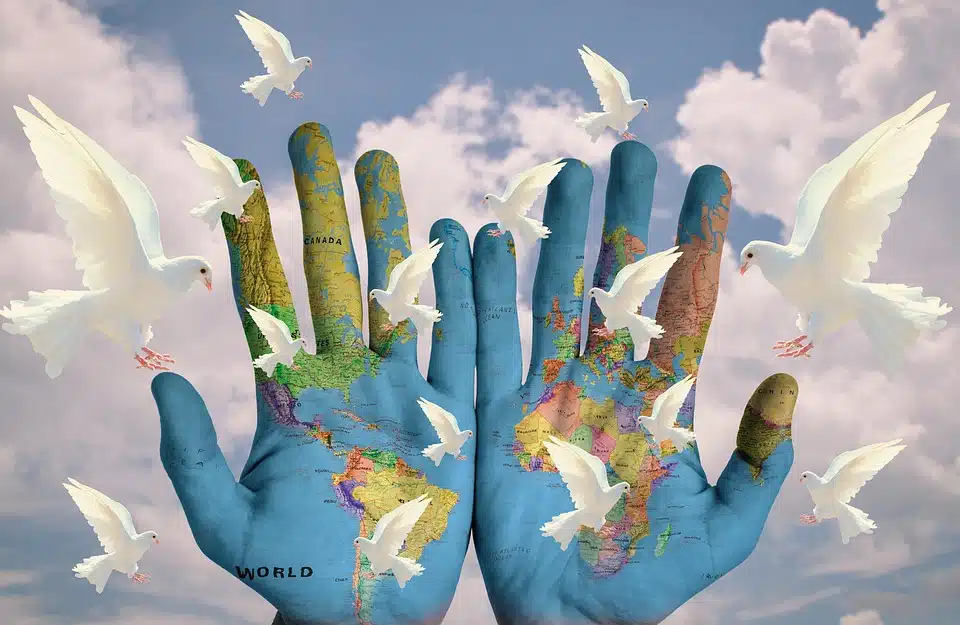World Peace Essay
World peace is a universal aspiration that transcends borders, cultures, and religions. Achieving global harmony involves addressing the underlying causes of conflict and promoting understanding among diverse populations. The quest for world peace includes various aspects such as diplomatic relations, economic stability, and social justice.
One of the essential elements in fostering international peace is effective communication. Nations must engage in dialogue to resolve differences peacefully rather than resorting to violence. Through platforms like the United Nations, countries can collaborate on global issues such as climate change, poverty, and human rights, which are crucial for maintaining peace. The importance of diplomacy cannot be overstated; it is the backbone of building relationships and trust among nations.
Another significant factor contributing to world peace is education. Educating future generations about the value of peace and conflict resolution promotes a culture of non-violence. Schools play a vital role in instilling these principles, teaching children about empathy, respect, and cooperation. Moreover, initiatives that focus on lifelong learning can help adults understand global issues and become active participants in peace processes.
Addressing economic disparities is also key to achieving worldwide peace. Poverty and unemployment are frequent catalysts for unrest and conflict. By promoting sustainable development and equitable economic opportunities, nations can create a more stable environment where all individuals have the chance to thrive. Programs that foster entrepreneurship and small business development can significantly contribute to local economies and reduce feelings of disenfranchisement.
In a world interconnected by technology and social media, the role of information in promoting peace cannot be overlooked. Digital platforms have the power to spread messages of peace and solidarity. However, they can also propagate misinformation and hate speech. Thus, it is crucial to develop media literacy programs that empower individuals to discern credible sources and encourage responsible online behavior. This can lead to a more informed public that advocates for peace.
Grassroots movements are also instrumental in the promotion of world peace. Local communities often spark significant change through activism and volunteerism. By participating in local initiatives, people can address issues directly affecting their neighborhoods, thereby contributing to the broader goal of global peace. Engaging in community service, promoting inclusivity, and championing human rights are essential components of these grassroots efforts.
Furthermore, the participation of women in peacebuilding processes has been recognized as vital. Research shows that countries with higher levels of female involvement in leadership roles tend to achieve more enduring peace. Empowering women and ensuring their voices are heard can lead to more comprehensive solutions to conflicts. Supporting organizations that focus on gender equality can make a significant impact on the journey toward world peace.
In conclusion, the establishment of world peace is a multifaceted endeavor that demands a collective effort from governments, organizations, and individuals. By fostering communication, enhancing education, addressing economic inequalities, leveraging technology, and advocating for gender equality, we can create a more peaceful world. Each small step taken toward peace can accumulate into a movement strong enough to transform our global society into one that thrives on mutual respect and understanding.






